
When it comes to gear reducers, two common types of gears used are straight or spur gears and helical gears. Both have their unique characteristics, advantages, and disadvantages, which make them suitable for different applications. This article provides a comparative analysis of straight and helical gear reducers to help understand their respective strengths and weaknesses.
Straight (Spur) Gears
Straight gears are the simplest and most common type of gear. They are characterized by teeth that are parallel to the axis of rotation.
Advantages:
- Simple Design: Straight gears have a straightforward design, which makes them easy to manufacture and maintain. This simplicity often results in lower production costs.
- High Efficiency: Due to the direct alignment of the teeth, straight gears typically have higher efficiency compared to other gear types, as there is less sliding friction during meshing.
- Quiet Operation: The direct tooth-to-tooth contact in straight gears can result in a quieter operation, especially at lower speeds.
- Ease of Inspection: The simplicity of straight gears allows for easier visual inspection and monitoring of wear and tear.
Disadvantages:
- Higher Wear: The direct contact and sliding between teeth can lead to higher wear, particularly under heavy loads or at higher speeds.
- Limited Load Capacity: Straight gears are generally not suitable for high-torque applications due to their limited contact area between the teeth.
- Radial Thrust: The meshing of straight gears generates radial thrust, which can lead to increased bearing loads and necessitates additional support mechanisms.
Helical Gears
Helical gears have teeth that are angled relative to the gear's axis of rotation, resembling a screw shape.
Advantages:
- Higher Load Capacity: The angled teeth of helical gears provide a greater contact area, which allows for higher load capacities and the ability to handle more torque.
- Smooth Operation: The helical configuration results in a smoother and more gradual tooth meshing, which reduces noise and vibration compared to straight gears.
- Reduced Wear: The smoother operation of helical gears can lead to less wear and tear, extending the life of the gears.
- Axial Thrust: Unlike straight gears, helical gears generate axial thrust instead of radial thrust, which can simplify the bearing arrangement and reduce overall system complexity.
Disadvantages:
- Complex Manufacturing: Helical gears require more complex manufacturing processes, which can increase production costs.
- Lower Efficiency: Due to the angled tooth contact, helical gears may have slightly lower efficiency compared to straight gears, with more sliding friction occurring during meshing.
- Inspection Challenges: The angled teeth can make inspection and maintenance more difficult, as the contact points are not as easily accessible.
Conclusion
The choice between straight and helical gear reducers depends on the specific requirements of the application. Straight gear reducers are ideal for applications requiring simplicity, high efficiency, and quiet operation, while helical gear reducers are better suited for high-torque applications where smooth operation and reduced vibration are critical. Engineers must weigh the advantages and disadvantages of each type, considering factors such as load capacity, speed, efficiency, noise levels, and maintenance requirements, to select the most appropriate gear reducer for their system. Ultimately, the decision should be based on achieving the best balance of performance, reliability, and cost-effectiveness.
 English
English Deutsch
Deutsch Русский
Русский Español
Español
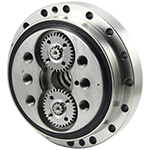
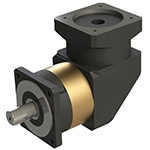
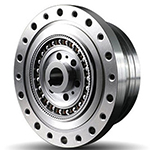
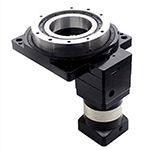
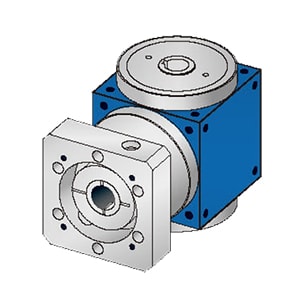
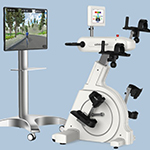
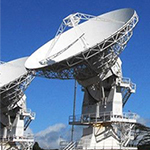
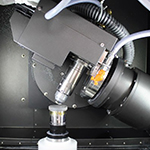
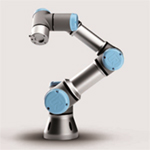
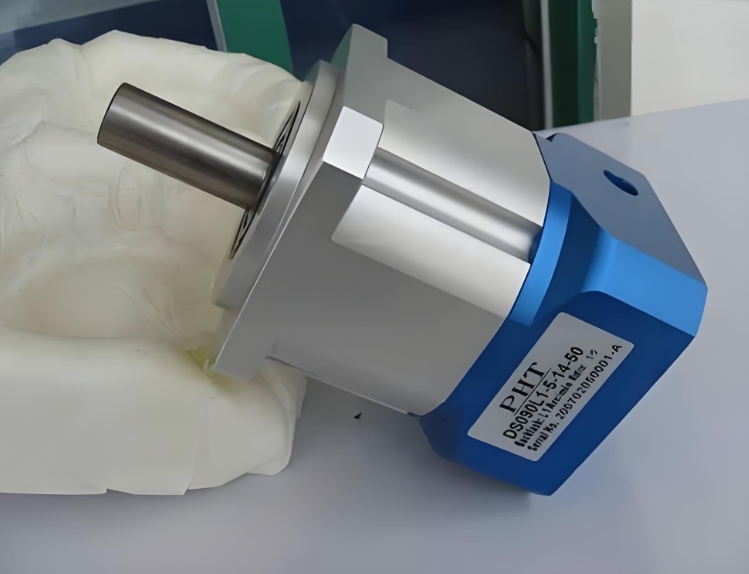
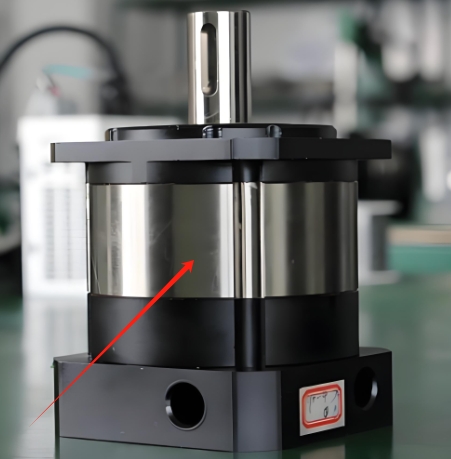
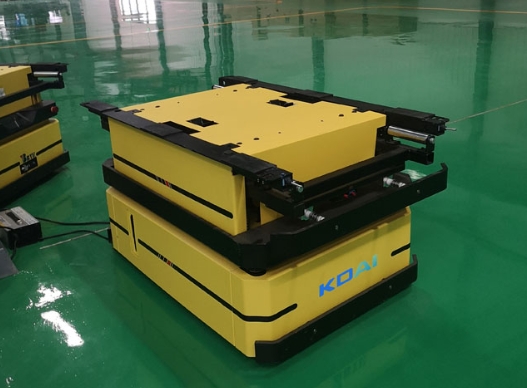
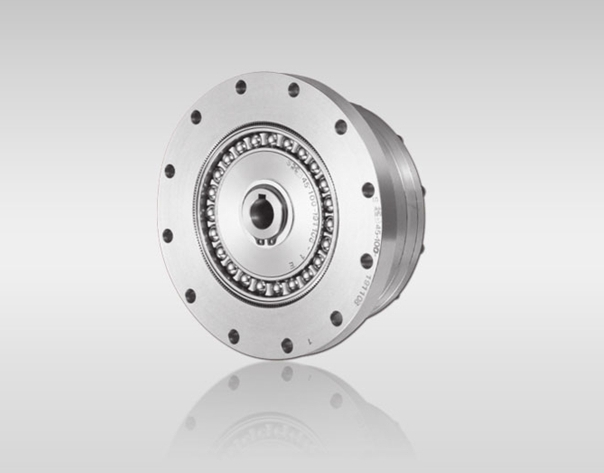
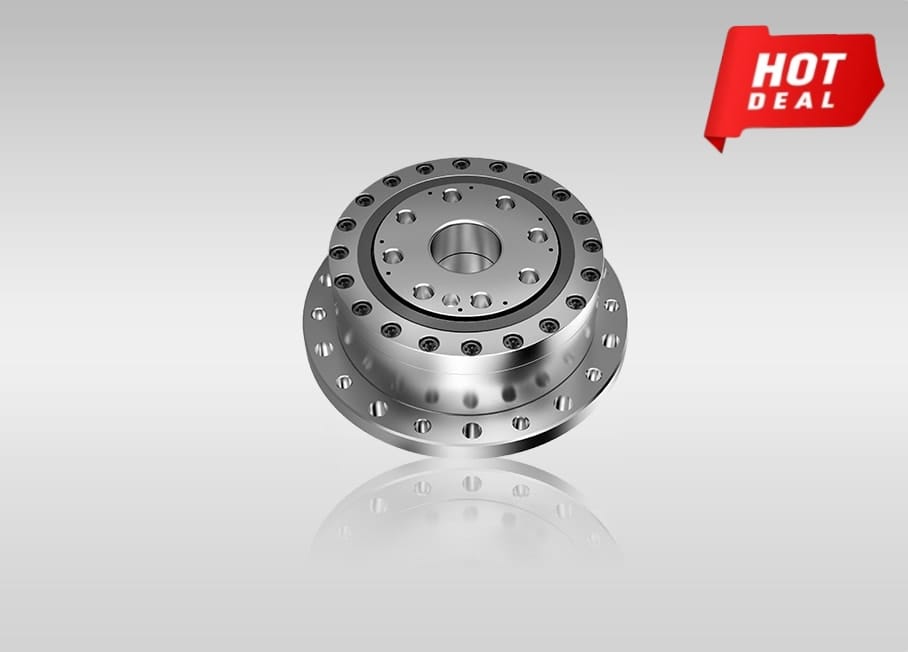
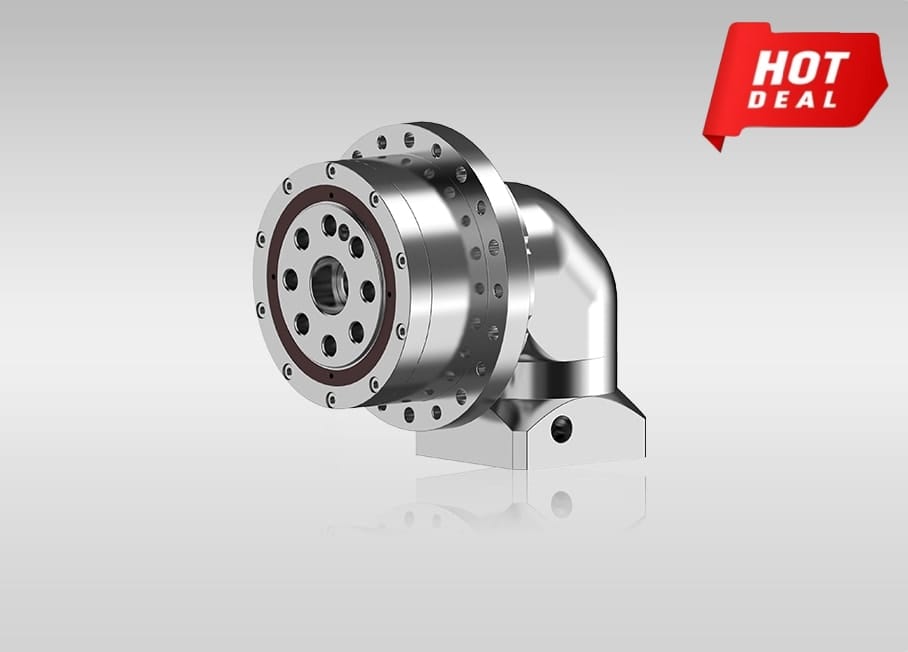
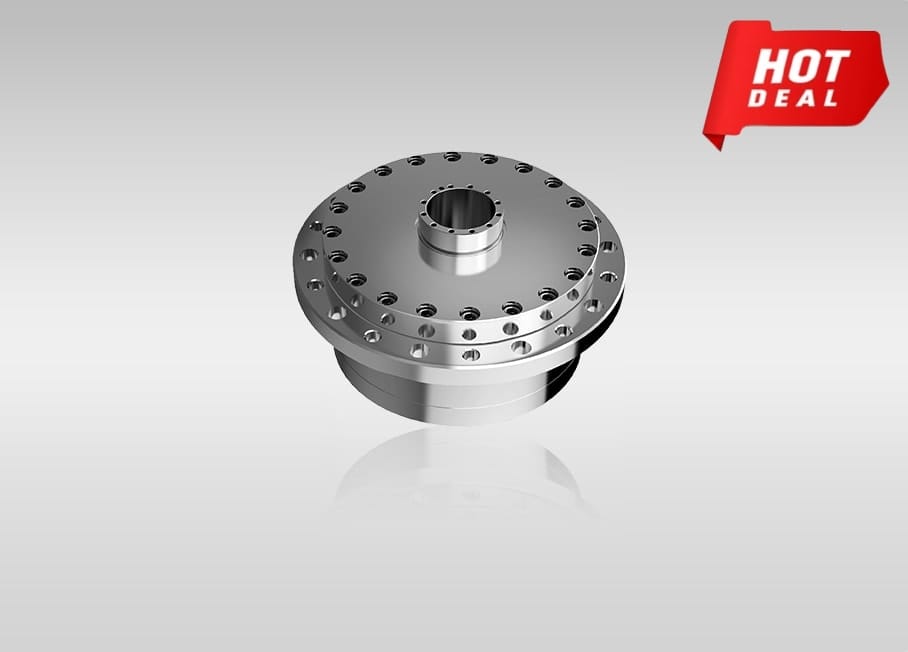
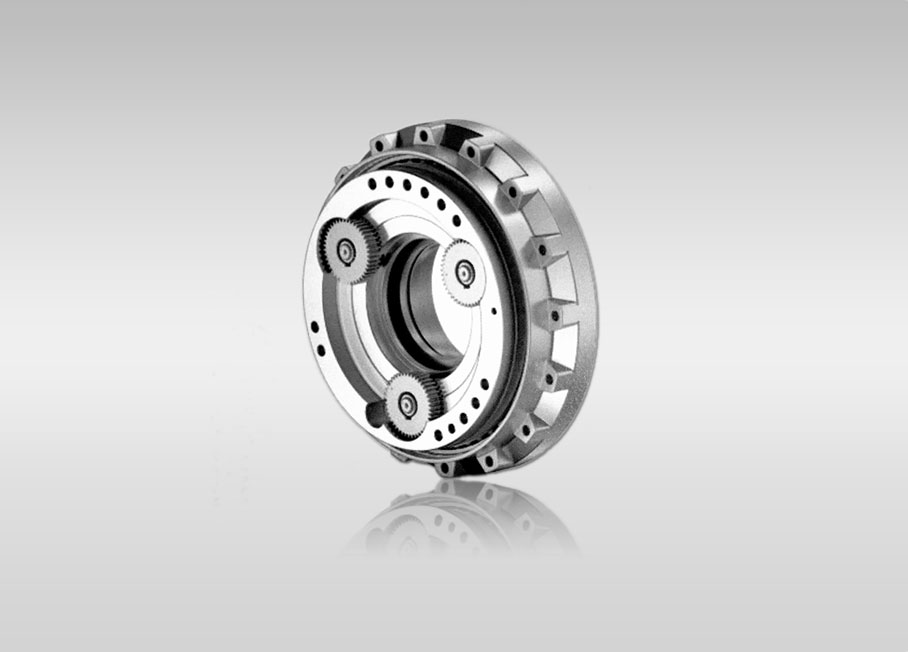
Quote Now